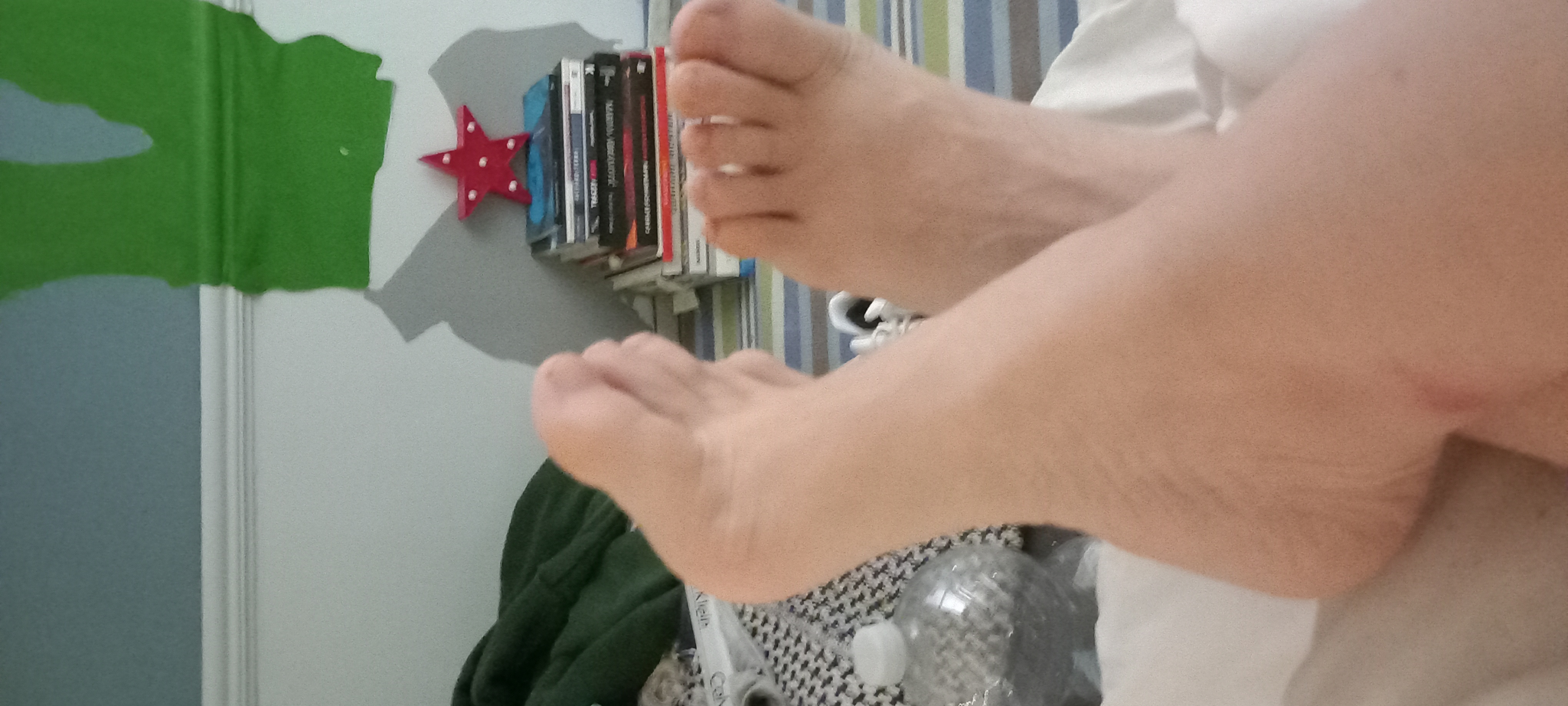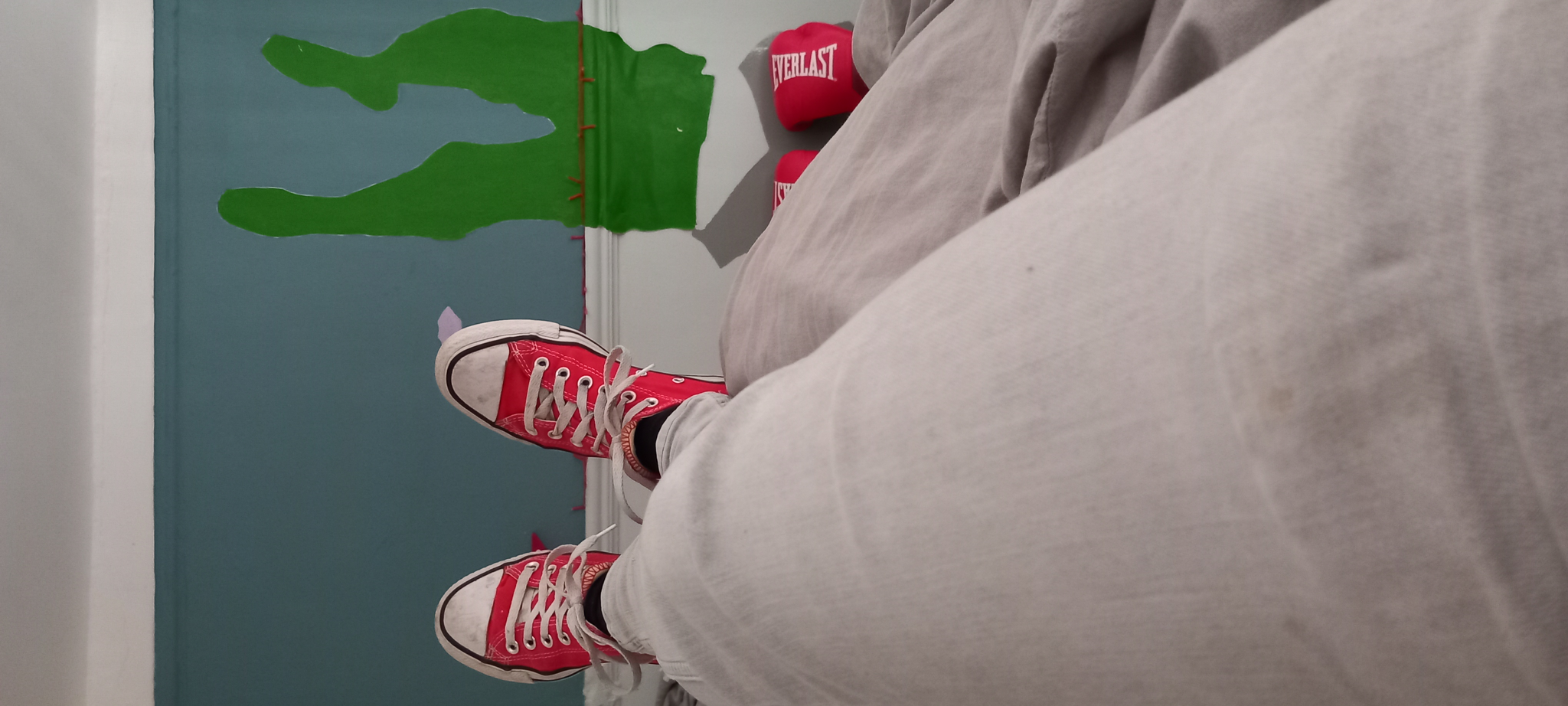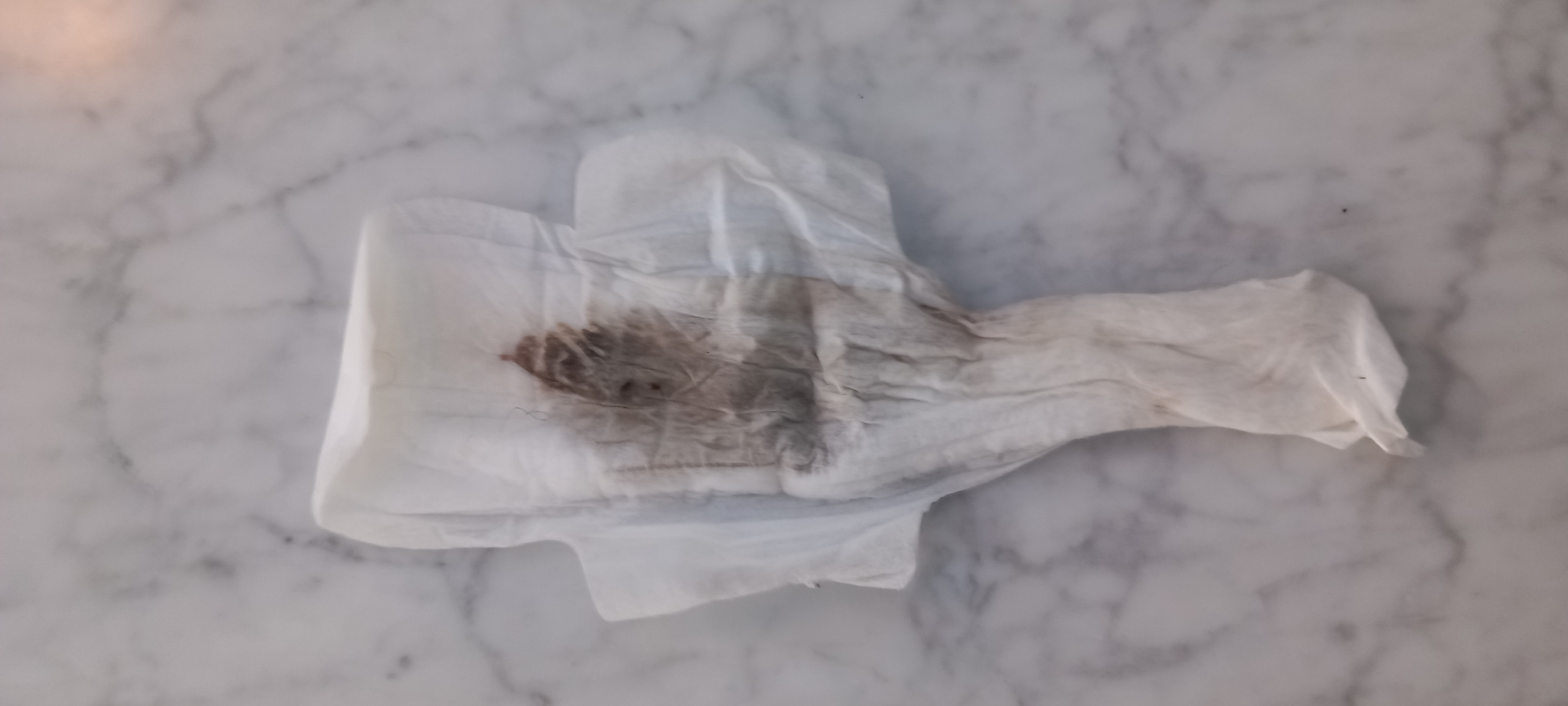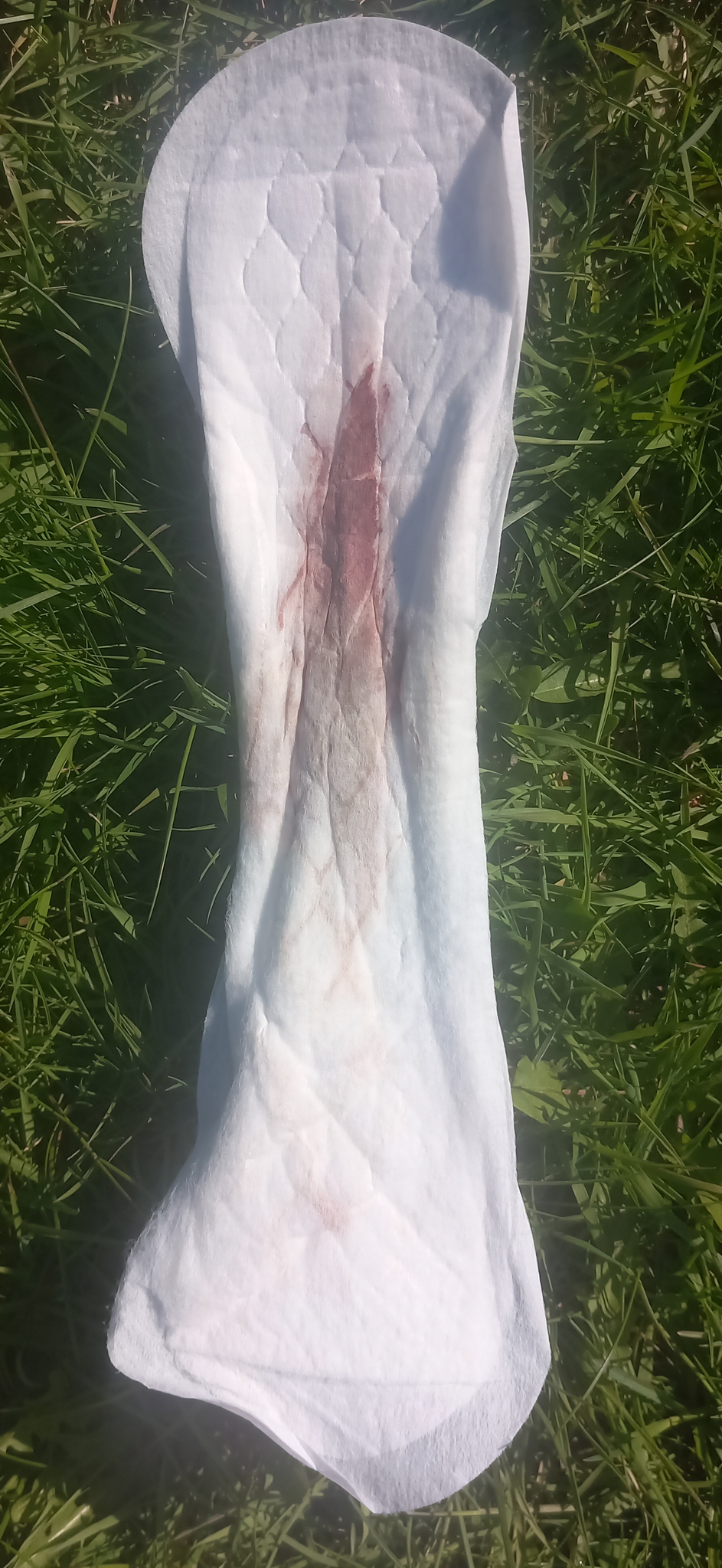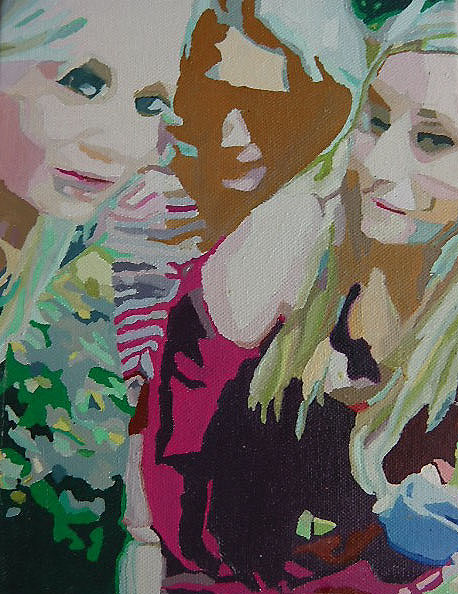Lia: What role does your own personal movement play in the creation of your paintings and drawings (inspiration, process, both?)
ZPN: Almost none, but it’s a physical process.
Joanna: Do you consider your works as finished (whatever that may mean) products or (continual) experiments leading to eventual works? What to me constitutes a finished work?
ZPN: Finished, although some of it might look on purpose unfinished.
Hilary: Keep those drawings ‘moving’, they’re brill! Would like to talk about performative video?
ZPN: It doesn’t have a significant role in my work.
Rachel: Do you feel that the colours you use are influenced by what is happening – in particular reference to the last piece?
ZPN: No, they’re abstracted from impressions and used either in a painterly manner of colour combinations, or symbolically.
Alexandra: I am interested in ‘trying to control the uncontrollable’, like you experienced with your painting of the branch. What are materials, objects, ways of working come to your mind in regards to the ‘uncontrollable’?
ZPN: Paint, like any material, has its objective qualities. As an artist, you work with the qualities of the material. Liquid is more difficult to get the result you want, but I thought the result was interesting, although it wasn’t ‘controlled’ as such.
Spike: Would you ever become the canvas to do drawings on myself?
ZPN: What would be the final work, photograph, performance, other?
Austin: Is there a significance in the colours you choose to make your work?
ZPN: I’ve already answered this.
? : What in me wants to perform?
ZPN: The physical sensation.
Jill: The process you talk about has various layers – your physical/performative interaction with objects (found items, paint etc.); the tableau or object that results; the video of that (or photo). Where do you locate the work? As one of these things, or all 3, or the composite or accumulation?
ZPN: All three.
Paul: Film, sculpture, painting – where next? Are you searching for a medium that resonates or do you see your ideas always adopting and incorporating different elements? Is that important to you?
ZPN: I work contingently with different media, depending on the project. I see art as a set of activities that can incorporate the use of different media, as I see fit.
Tiffany: I respond to your sense of colour. How would your body embody colour? Is there anything of value to explore there?
ZPN: I don’t see the body as an embodiment of colour. The body and its physical limits are an ongoing inquiry of mine, but this doesn’t relate to colour.
Janine: It seems that you have to think about how performance springs out of Jackson Pollock. You need to get a) the catalogue from ‘Out of Actions’, read it from front to back. b) ‘Carolee Schneeman: Up to and including her limits’. How can an object give its history?
ZPN: I take an interest in Schneeman’s work, especially because it was across media. In my view, Pollock’s work is of a different nature and it relates to oriental practices of drawing and painting.
Georg: What tactics do you use on deciding which text works (not) with the image? Is there a translation of the picture into the text and the other way around as well? How do both ‘materials’ feed each other?
ZPN: They are usually completely unrelated, or the text just accompanies the visual work as a separate piece. I’m also now writing explanatory texts about my artistic practice and the process and context of making certain works.
Ingrid: What’s your primary background? How does it influence your work?
ZPN: I trained in architecture and I have always had an interest in the built environment in relation to the body, but also as a cultural, economic and historical product. Saying this, I had a strict academic training in the fine arts, drawing, painting and the plastic arts, as they called them, in the architecture school in Athens, at least for the first two years. After that, I took all of the fine art courses that were on offer, until about the last year. There was more freedom to work on your own project in the plastic arts, including video. I suppose that’s why I started making videos as an artist, but I was always interested in colour and the physical process; and that’s where painting came in.
Edit: How does theory influence your work? And how can you use theory to explain what you did in practice?
ZPN: My theoretical work has been separate from the art practice. However, ideas and methods always feed into the work, not necessarily consciously. Art historical references have played a major role, I think, in my work; other artists’ work that I’ve seen or read about is a sort of visual memory for me. I also copied a lot of details and scenes from paintings. As I said already, I now use theory as an explanatory tool for the work I did in the past and to discuss current work.

